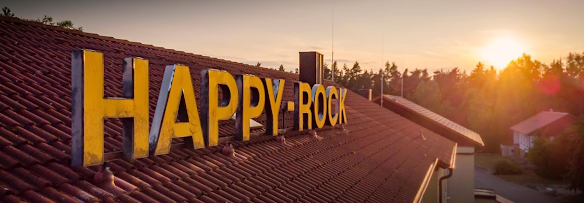 |
| Only half a bridge |
For decades, anyone driving through northeast Gladstone has noticed the odd break in NE 68th Street — the stretch that dead-ends at Mill Creek on the east side of MO Highway 1, near the Hy-Vee and Walmart. It’s one of those little local quirks: the street exists on both sides of the creek, but it’s never been connected. Drivers heading east or west have long had to detour down to 64th or up to 72nd Street just to cross.
Well, after all these years, Gladstone is finally building a bridge there. Unfortunately, it’s not the kind that helps traffic flow — it’s a walking bridge.
Yes, instead of completing the street grid and easing congestion on surrounding routes, the city decided to pour money into a pedestrian bridge that few people were asking for. The new span, nearly finished, will connect two quiet dead-end stretches of 68th Street with a sidewalk over Mill Creek. The goal, according to officials, is to “enhance pedestrian connectivity” and “promote alternative transportation.”
That all sounds nice on paper, but in practice it feels like another case of misplaced priorities. For decades, residents have pointed out how incomplete road connections make east-west travel through Gladstone unnecessarily complicated. 68th Street, if finished properly, would offer a logical and direct route parallel to 72nd — relieving pressure from both 64th and 72nd during rush hours.
Instead, drivers will still be detouring around while joggers, theoretically, can now stroll over Mill Creek. Except, there’s no nearby park trail network to connect to, no significant pedestrian traffic generators, and few people walking through this commercial-heavy corridor in the first place.
Some say that a road bridge here could have tied together neighborhoods, improved emergency response times, and opened up new economic access between the shopping centers on both sides of MO 1. Others contend that a walking bridge, on the other hand, accomplishes almost none of that.
It’s yet another example of “feel-good” infrastructure — something that looks environmentally progressive or grant-friendly but doesn’t solve a real problem. Gladstone, like many small cities, has a habit of chasing low-impact projects that check boxes for “livability” metrics while ignoring the basic connectivity that makes a city truly functional.
In the end, residents are left with the same inconvenient detours — and a shiny new bridge for the handful of people who might occasionally bike to Hy-Vee.

Comments